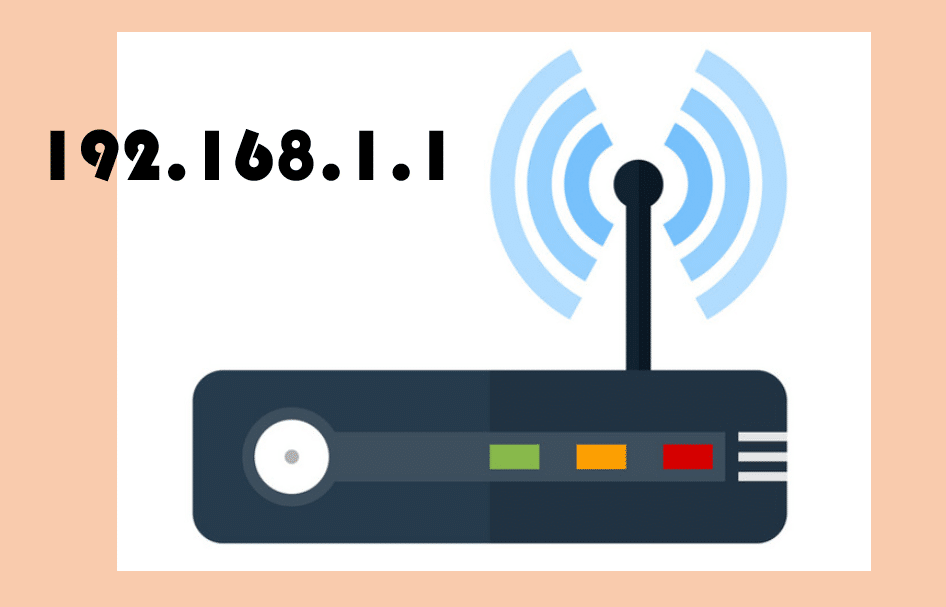192.168.1.1 is a commonly used default IP address for accessing the web interface of many home broadband routers and modems. However, it’s important to note that not all routers or modems use this specific IP address. The exact IP address you need to access your modem’s interface can vary depending on the manufacturer and model of your device.
To access your modem’s interface, you typically open a web browser and enter the IP address in the address bar. If 192.168.1.1 doesn’t work for your modem, you can try some other common default IP addresses such as 192.168.0.1 or 192.168.1.0. If you’re not sure of the correct IP address for your specific modem, you can usually find this information in the modem’s user manual or on the manufacturer’s website. Additionally, sometimes your Internet Service Provider (ISP) may provide you with a specific IP address for accessing your modem’s interface.
It’s important to mention that you might also need a username and password to log in to your modem’s interface. Again, this information is typically provided by the manufacturer or your ISP, so consult the documentation that came with your modem or contact your ISP for details if you’re not sure.
How Does 192.168.1.1 Work, What Does It Do?
192.168.1.1 is an IP address used to access the web interface of a network device, such as a router or modem. Here’s how it works and what you can do with it:
- Accessing the Web Interface: When you enter 192.168.1.1 (or a similar IP address) into a web browser’s address bar, you are instructing the browser to make a request to that specific IP address. This IP address is associated with the web-based configuration interface of your network device.
- Configuration and Management: The web interface is a graphical user interface that allows you to configure and manage various settings of your router or modem. These settings can include:
- Network settings: You can configure your network’s IP address, subnet mask, and other network-related parameters.
- Wireless settings: You can set up or modify your Wi-Fi network, including SSID, security settings, and access control.
- Security settings: You can change your router’s login credentials, set up a firewall, and manage port forwarding.
- Firmware updates: You can check for and install firmware updates to keep your router or modem up to date with the latest features and security patches.
- DHCP settings: You can configure how IP addresses are assigned to devices on your network through DHCP (Dynamic Host Configuration Protocol).
- Troubleshooting: Accessing the web interface is also a common method for troubleshooting network issues. You can check the status of your network, review logs, and diagnose problems that may be affecting your internet connection.
- Security: It’s important to note that this web interface should be secured with a username and password to prevent unauthorized access and changes to your network settings. If you’ve never accessed it before, the default login credentials are typically found in the device’s manual or on a label on the device itself. It’s crucial to change these default credentials to something more secure to protect your network.
In summary, 192.168.1.1 is a common IP address used to access the configuration and management interface of your router or modem. It allows you to customize network settings, secure your network, and troubleshoot issues related to your internet connection and local network.
